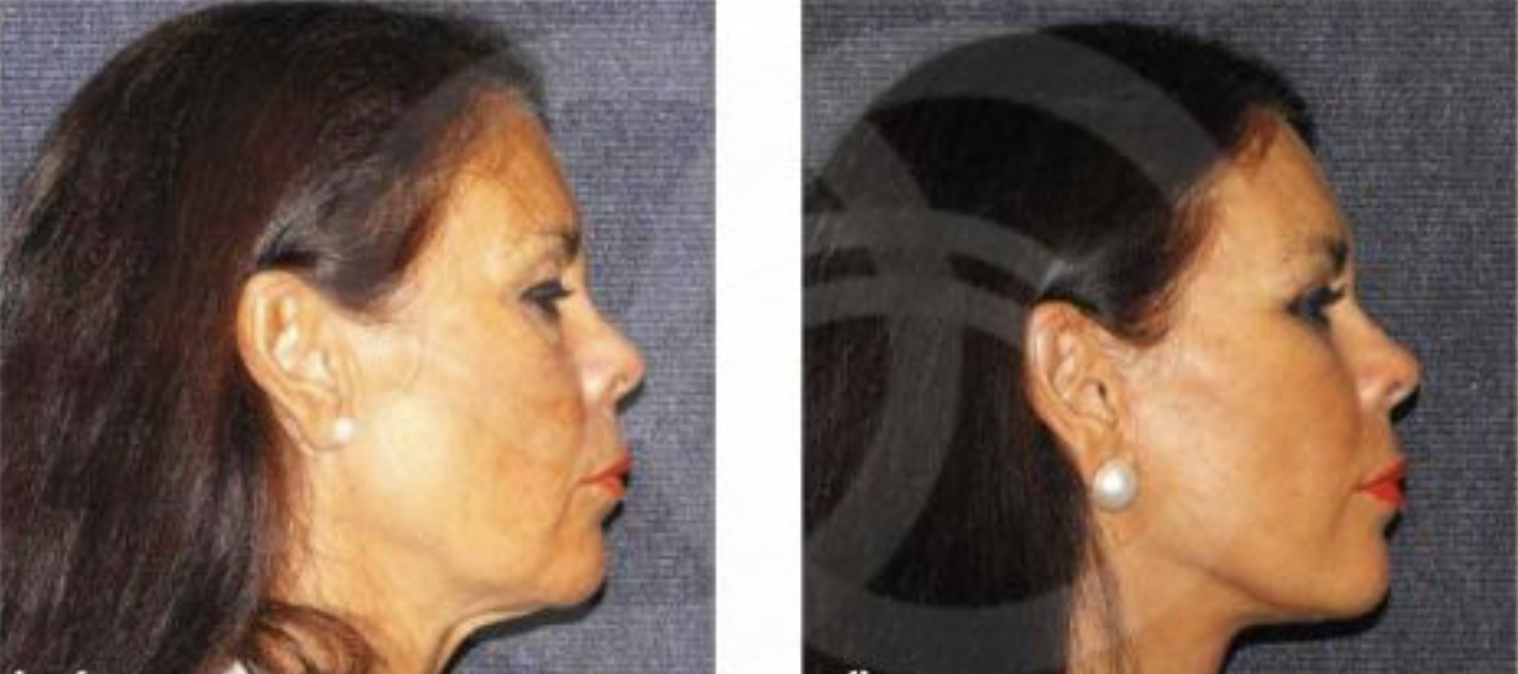Get that smooth, summer skin you’ve been dreaming of with our medical microneedling treatment…
There are countless treatments on the market these days which can help to improve the look and feel of our skin. The underlying conversation revolves around collagen and the natural depletion of our production of it over time. Most cosmetic procedures aim to improve collagen production in order to regenerate our skin and maintain a more smooth, even tone as well as youthful appearance. One such treatment comes in the form of microneedling.
This procedure, involving the insertion of fine needles into the skin can absolutely help to reduce wrinkles, acne scars and stretch marks as well as blend blemishes, even out our pigmentation and give the skin its ‘smooth’ back! There are home treatments available when it comes to microneedling but with a trained, skilled practitioner you will achieve far better results due to their tools reaching deeper levels in the skin (not safe to try at home). A series of treatments may be required to achieve the desired result as well as the possibility of microneedling being used in conjunction with other treatments, all depending on the client and their needs.
HOW DOES MICRONEEDLING FEEL?
The sensitive zones on our skin may feel slightly more uncomfortable than others (upper lip, for example), but usually you will just feel a buzzing sensation over the skin. Generally people feel as though they have had a great facial after microneedling, though there may be some redness and slight swelling immediately afterwards which will reduce and vanish completely in a matter of hours to a maximum of three days, depending on the intensity of the treatment. Downtime is minimal and life can resume as normal right away. The use of make up and sunscreen is permitted the next day.
MICRONEEDLING AND CELL COMMUNICATION
The aging process of our skin is generally defined by its various characteristics - wrinkles, sun spots, redness, tougher and rougher to the touch, thinning, pigmentations such as melasma, and sagging. These features occur over time for a combination of reasons; reduced ability for regeneration, oxidisation, and glycation of basic structures within the skin such as collagen, hyperfunction of some cells such as vessels and melanin, some tissues such as vasculature, as well as impaired cell defense. Our system basically slows down with age and the results are the physical characteristics of aging. As well as the slowing down, the different functions are happening simultaneously but at varying levels and speeds and so key cells and skin layers suffer a miscommunication, it is this which we can work on and provides one of the most important treatment targets.
HOW DOES MICRONEEDLING WORK?
Microneedling is a powerful tool that permits the restoration of healthy dermal-epidermal communication, as well as cell communication. Specific growth factors and regulatory factors re-establish that communication via microstimulation and can add long term results to many procedures. Microneedling may also be used to prepare for many other aesthetic procedures in order to ensure that, post treatment, the communication between the layers is re-established and the procedure will achieve optimum results. Prior to a face and/or neck lift or facial fat grafting procedure, for example, microneedling could be carried out in order to achieve the best possible outcome of the overall treatment.
Microneedling does work alone, or can be used within a combination of treatments and therefore compliments our 3-dimensional approach to aging skin. Microneedling can be a single or multiple procedure, (1-3 sessions). The rate of complications of microneedling is very low, patients must be selected and the treatment customized to suit. when the right patients are selected. Some patients, for example, require preparation of the skin, especially those with darker skin or melasma.
HOW TO ENSURE MICRONEEDLING IS EFFECTIVE…
Your chosen, skilled practitioner will…
Utilize the correct depth of needle to reach superficial or mid dermal layer = from 1.0 - 2.5mm
Apply the correct number of passes to ensure efficient stimulation on the area = 10 - 40 passses
Apply the correct force and penetration to be able to cause pinpoint bleeding
MICRONEEDLING TOOLS AT OCEAN CLINIC
The 4th generation cordless microneedling - Dermapen 4th generation, gives you the chance to not only customize depth and speed of needling per area but also allows you to boost the treatment by combining dermabrasion to treat certain conditions such as scars, stretch marks, rosacea (a common skin condition that causes blushing or flushing and visible blood vessels in your face), and fine wrinkles.
To find out more about microneedling at Ocean Clinic, please contact us directly.






